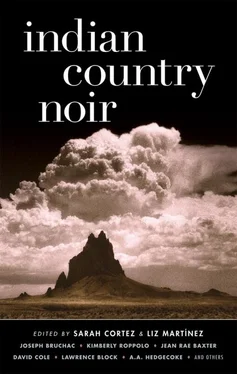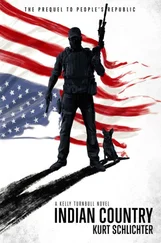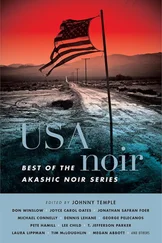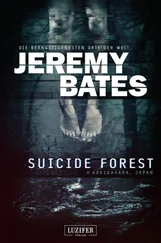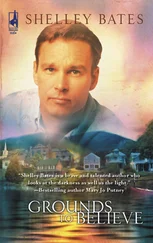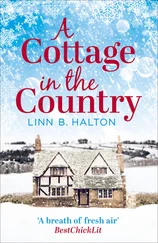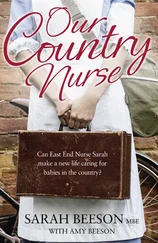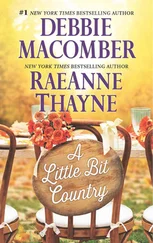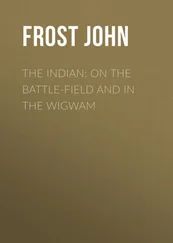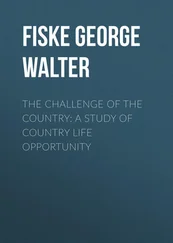Mistina Bates - Indian Country Noir
Здесь есть возможность читать онлайн «Mistina Bates - Indian Country Noir» весь текст электронной книги совершенно бесплатно (целиком полную версию без сокращений). В некоторых случаях можно слушать аудио, скачать через торрент в формате fb2 и присутствует краткое содержание. Город: New York, Год выпуска: 2010, ISBN: 2010, Издательство: Akashic Books, Жанр: Детектив, на английском языке. Описание произведения, (предисловие) а так же отзывы посетителей доступны на портале библиотеки ЛибКат.
- Название:Indian Country Noir
- Автор:
- Издательство:Akashic Books
- Жанр:
- Год:2010
- Город:New York
- ISBN:978-1-936070-05-3
- Рейтинг книги:4 / 5. Голосов: 1
-
Избранное:Добавить в избранное
- Отзывы:
-
Ваша оценка:
- 80
- 1
- 2
- 3
- 4
- 5
Indian Country Noir: краткое содержание, описание и аннотация
Предлагаем к чтению аннотацию, описание, краткое содержание или предисловие (зависит от того, что написал сам автор книги «Indian Country Noir»). Если вы не нашли необходимую информацию о книге — напишите в комментариях, мы постараемся отыскать её.
Indian Country Noir — читать онлайн бесплатно полную книгу (весь текст) целиком
Ниже представлен текст книги, разбитый по страницам. Система сохранения места последней прочитанной страницы, позволяет с удобством читать онлайн бесплатно книгу «Indian Country Noir», без необходимости каждый раз заново искать на чём Вы остановились. Поставьте закладку, и сможете в любой момент перейти на страницу, на которой закончили чтение.
Интервал:
Закладка:
Indian Country Noir

Foreword
by Richard B. Williams
Stories have been central to communication among Indian people for thousands of years. And the stories you are about to read are truly incredible. They will make your blood boil with fear, anger, passion, and, ultimately, remorse.
These stories are so real that you believe without questioning, so loving that you accept without strings attached, and yet so challenging that your soul is tugged by hundreds of lost spirits. Each tale leaves the reader feeling vulnerable to inner voices calling for you to do something, yet wondering what it is that you are supposed to do.
How can you tell if dreams are real? What do you do when there is such deep sadness because there is no hope? Why is there no real word for goodbye? Does Ashland, Montana really exist? Does being Indian mean that life will be filled with death, pain, shootings, drugs, alcohol, and abuse? I can’t answer these questions for you. You have to read and experience this book yourself to understand.
For centuries, Indian people faced extinction, brutality, and racism. Ours was a harsh existence, where success meant survival. In our world, boarding schools were killing children, war heroes were dying without hope or dignity, and gifted and talented writers were lost in their own intellectualism with no place to tell their stories.
That horrible existence finally began to change in the 1960s. Since then we have seen a resurgence of Native pride. People are returning to their Indian culture for a sense of who they are. This renaissance is captured powerfully in the work of these authors. Each story evokes deep emotions for the reader. Yet introspection is always a challenge. In these stories, by both Native and non-Native writers, cultures are being exposed; lies, and truths as well, are being told; and all you can do is shake your head and try to determine what is real.
The beauty of Natives writing their own stories means that the experience comes without boundaries, literally and figuratively. These stories from all across North America do not carry the burden of Western political, philosophical, and literary expectations. The results are spectacular and will cause you to raise your eyebrows repeatedly.
We are pleased and honored to share these stories as examples of the passion, violence, and beauty that our people have to share, underscoring the centuries of acquired knowledge that we carry. I can hear the Indian haters saying, What are those damn Indians thinking? The beauty is, of course, that Indian people are thinking, using their natural intellect. Gone is the time when the sole focus was on survival. Now the focus is on thriving.
As you read this volume, remember: it’s fiction... or is it?
Richard B. Williams is the president and CEO of the American Indian College Fund.
Introduction
Spiritual transgression
Welcome to Indian Country... It lies within the physical and emotional antipodes of North — South — East — West, and encompasses territory both familiar and unknown. Many who inhabit Indian Country love it, and they often stay after their time on Earth is done. Others have died trying to claim it. They continue to wander there in the endless circle of time. This book has stories by both Native and non-Native authors reflecting them all.
The circle defined by the cardinal directions of the Medicine Wheel is your reminder that a harmonious relationship with nature and all living beings is how creation was ordained, with all of us equal and connected. Thus, all directions lead to each other, just as all these stories, in turn, point toward one another through a shared ethos.
As you step back into the troubled history of Joseph Bruchac’s “Helper” and Liz Martínez’s “Prowling Wolves,” you will find yourself swept up by a fresh and powerful look into personal revisionist histories. It is, perhaps, not unpredicable that some of these tales show the narrator partaking in what appears to be an eminently satisfying dose of revenge: Jean Rae Baxter’s “Osprey Lake,” Mistina Bates’s “Daddy’s Girl,” and David Cole’s “JaneJohnDoe.com” among them. And while eliminating the person perceived as evil may have its own brand of dark glee, Melissa Yi’s “Indian Time” gives us a truly haunting tale of twisted intention and vengeance. Two of the stories are breathtakingly lyrical in their approach and articulation of the hard price paid by some Indians for spiritual homelessness and transgression: Kimberly Roppolo’s “Quilt like a Night Sky” and A.A. HedgeCoke’s “On Drowning Pond.” Leonard Schonberg’s “Lame Elk” takes us to the bitter cold of January in Montana for another tale of a crushed life.
For a glimpse at how a contemporary character with Indian blood functions in an urban environment, enjoy the fast-paced lives created by O’Neil De Noux in “The Raven and the Wolf” and R. Narvaez in “ Juracán.” Gerard Houarner keeps us in a contemporary setting in Manhattan’s underground, yet masterfully weaves the mythological and historical through several different planes of reality. And speaking of myths, are there any stronger, especially in our media-driven society, than that of the “American Indian”? See how non-Native authors Lawrence Block in “Getting Lucky” and Reed Farrel Coleman in “Another Role” use the Hollywood-engendered mythos to bring us to yet other unexpected places.
Before you journey with these talented authors through the north, south, east, and west of Indian Country, you might wish to reflect upon the words of the famous Oglala Lakota teacher Black Elk: “Birds make their nests in circles; we dance in circles; the circle stands for the Sun and Moon and all round things in the natural world. The circle is an endless creation, with endless connections to the present, all that went before and all that will come in the future.”
Sarah Cortez
Houston, Texas
March 2010
Part I
EAST
Helper
by Joseph Bruchac
Adirondacks, New York
The one with the missing front teeth. He’s the one who shot me. Before his teeth were missing.
Getting shot was, in a way, my fault. I heard them coming when they were still a mile away. I could’ve run. But running never suited me, even before I got this piece of German steel in my hip. My Helper. Plus I’d been heating the stones for my sweat lodge since the sun was a hand high above the hill. I run off, the fire would burn down and they’d cool off. Wouldn’t be respectful to those stones.
See what they want, I figured. Probably just deer hunters who’d heard about my reputation. You want to get a trophy, hire Indian Charley.
Yup, that was what it had to be. A couple of flatlanders out to hire me to guide them for the weekend. Boys who’d seen the piece about me in the paper, posing with two good old boys from Brooklyn and the twelve pointer they bagged. Good picture of me, actually. Too good, I realized later. But that wasn’t what I was thinking then. Just about potential customers. Not that I needed the money. But a man has to keep busy. And it was better in general if folks just saw me as a typical Indian. Scraping by, not too well educated, a threat to no one. Good old Indian Charley.
Make me a sawbuck or two, get them a buck or two. Good trade.
I was ready to say that to them. Rehearsing it in my head. For a sawbuck or two, I’ll get you boys a buck or two. Good trade. Indian humor. Funny enough to get me killed.
Читать дальшеИнтервал:
Закладка:
Похожие книги на «Indian Country Noir»
Представляем Вашему вниманию похожие книги на «Indian Country Noir» списком для выбора. Мы отобрали схожую по названию и смыслу литературу в надежде предоставить читателям больше вариантов отыскать новые, интересные, ещё непрочитанные произведения.
Обсуждение, отзывы о книге «Indian Country Noir» и просто собственные мнения читателей. Оставьте ваши комментарии, напишите, что Вы думаете о произведении, его смысле или главных героях. Укажите что конкретно понравилось, а что нет, и почему Вы так считаете.
